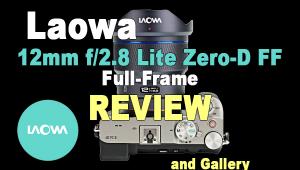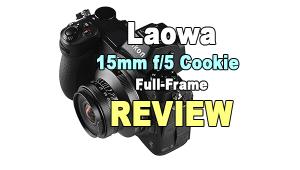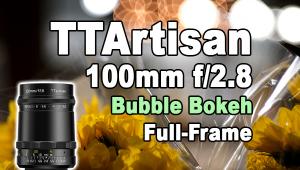Four New Summarits; First-Class Tools For The Working Photographer
Understatement almost always speaks louder than overstatement; or if not louder, then generally with more authority. The four new Leica Summarits, for M-series Leicas, Zeiss Ikons, and Voigtländer Bessas, are about as far from ostentatious as you can get; they are merely first-class tools for the photographer who knows what he or she is doing.
Neither the focal lengths nor the speed are anything to boast about. The focal lengths (35-50-75-90mm) are positively pedestrian; the common maximum aperture of f/2.5 will quicken no hearts. And yet, the longer we had these lenses for review, the more we wanted to keep them. All of them.
 |
|
|
It is quite hard to explain why. Of course the image quality is superb, but you'd expect that. Much more to the point was the growing feeling that we'd always had them: that they were old friends, tried and tested, reliable. This may seem like a downright feeble reason to fall in love with them--where's the excitement, the novelty?--but the more you think about it, the more sense it makes. After all, when your car breaks down or you're worried about your children, who do you turn to? Your old friends? Or someone you hardly know?
 |
|
|
The thing is, the lenses seemed instantly familiar. Why? It may sound like a flip response, but the answer may well be, "80 years' experience of making lenses for Leicas." Everything about them just feels right--and then they deliver the goods. They are hardly inexpensive, but they are the least expensive lenses in the Leica line-up; so how do they keep the cost down?
We have already addressed one way. With a maximum aperture of f/2.5, there is little need for aspheric curves or floating elements, and the lenses are smaller and lighter than Leica's other offerings at the same focal length. Something that engineers know well is that for a given standard and complexity of engineering, there is a very close correlation between weight on the one hand and cost on the other. It may seem odd to think of buying Leica lenses by the pound, but actually, it really does work that way.
 |
|
|
More weight (and cost) has been saved by reducing close-focusing limits: 0.8m (31.5") for the 35mm and 50mm, 0.9m (35.5") for the 75mm, and 1m (39.5") for the 90mm. For comparison, the 75mm f/2 Summicron focuses below 0.7m (27.5"). The differences may seem modest but they do allow the construction of significantly smaller, lighter, less expensive mounts.
Also, more expensive Leica lenses mostly have built-in hoods: extra weight and complexity. The Summarits have reversible screw-on hoods, one size for 35mm and 50mm, one for 75mm and 90mm, and they are not supplied with the lenses but are sold separately. Interestingly, they fit on an external (male) thread outside the internal (female) thread for the filters, which are 39mm for 35mm and 50mm and 46mm for 75mm and 90mm. We'd prefer a bayonet mount for the hood but the screwmount is lighter and smaller; cheaper and simpler to make; more secure; and easier to make reversible.
 |
|
|
As supplied, the lenses have a protective "bump ring" around this external thread, so that unlike Voigtländer lenses, they do not look uncomfortably naked without their hoods. One of the few negative points about the lenses is that the "bump rings" can be awkward to remove: on a couple of occasions, we had to resort to a rubber band or a rubber glove, just as you do when you are removing a recalcitrant filter. The hoods were never any problem.
The Summarits are not available in the (heavier, more expensive) satin chrome brass mounts: only in black. More savings. And the lens caps are plain, traditional-looking metal pressings: much cheaper if made in sufficient numbers.
Unexpectedly, there are four cap sizes. The 35mm and 50mm share one common size without a hood (this cap is supplied with the lens) and another common size with the hood (this cap is supplied with the hood). The 75mm and 90mm share a similar pair. We vastly prefer push-on hoods to the clip-in pinch type, as they are more secure and harder to lose, and as a bonus, the caps for 35mm and 50mm cover both the marked apertures and the aperture index spot, making it harder to forget to take the cap off. On the 75mm, they cover the index spot but not the numbers.
 |
|
 |
|
|
The last money-saving feature is that unlike their more expensive brethren, these lenses are not supplied with real leather zipped lens cases, but with suedette pouches. We'd have been just as happy to see them with no cases at all, because we prefer homemade chamois leather pouches (a real 1930s trick) for maximum protection with minimum bulk.
















































